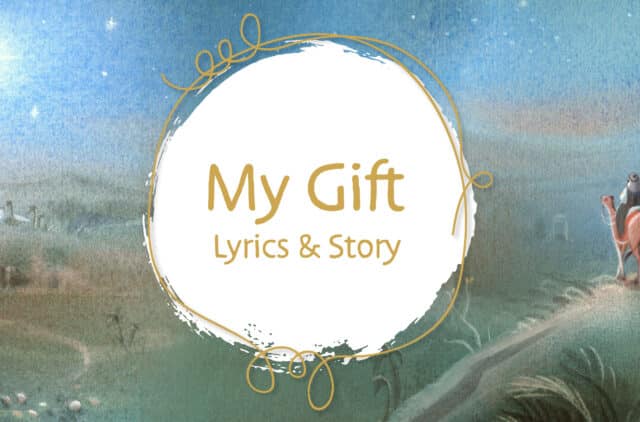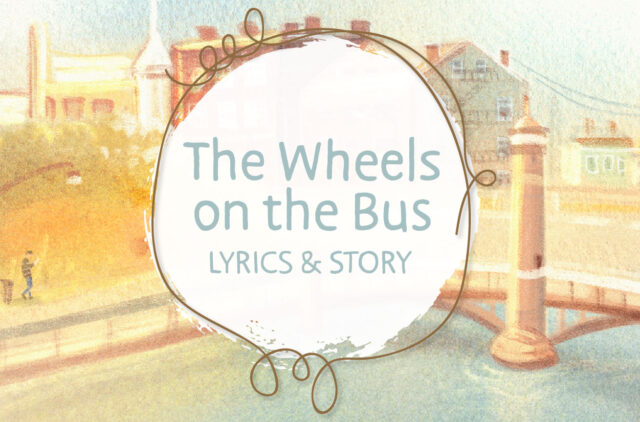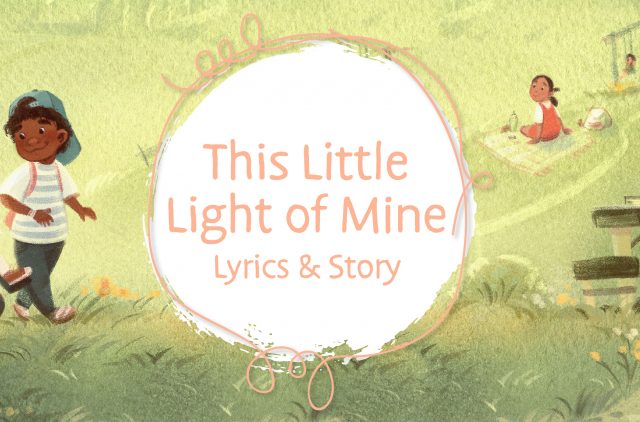“Amazing Grace” is not only one of the most recognizable Christian hymns, it is one of the most moving hymns as well. Sing along with this beautiful arrangement performed by Life in 3D and commissioned by The Good and the Beautiful as a part of our forthcoming music appreciation course. Then download the song’s powerful lyrics and learn more about the story behind the hymn.
“Amazing Grace” Lyrics*
Amazing grace, how sweet the sound
That saved a wretch like me!
I once was lost, but now I’m found,
Was blind but now I see.
’Twas grace that taught my heart to fear,
And grace my fears relieved;
How precious did that grace appear
The hour I first believed!
The Lord hath promised good to me,
His word my hope secures;
He will my shield and portion be
As long as life endures.
When we’ve been there ten thousand years,
Bright shining as the sun,
We’ve no less days to sing God’s praise
Then when we first begun.
*Listed are the four most common verses.
Be inspired and uplifted with this amazing arrangement of “Amazing Grace” performed by Life in 3D and accompanied beautifully by a symphony orchestra and a band of bagpipers. Conducted by Emmy-award-winning composer Kurt Bestor.
The Story Behind “Amazing Grace”
John Newton was born July 24, 1725, in London, England, 300 years ago this summer. As a child, Newton did not have a strong Christian faith. His mother died of tuberculosis when he was just six years old, and his father spent years at a time away at sea as a merchant ship captain. With his mother’s passing and his father’s absence, Newton was left in the care of the Catlett family until his father sent him to boarding school. Over the years, he remained close with the Catletts, especially their daughter Mary, whom Newton would later marry.

But first Newton would find himself facing many of the “dangers, toils, and snares” of the sea. Upon turning 18, Newton was forced to join the Royal Navy, but disobedience got him kicked off the ship and out of the navy. The captain put him on a slave ship headed to Africa, beginning his experience in the transatlantic slave trade. While aboard, he devoured books about geometry and Latin, giving him the knowledge he would need to move up in rank to the master in charge of navigation.

On the night of March 10, 1748, Newton’s ship was tossed into an intense storm at sea. His heart pounded as waves tossed the ship and those on board. As captain, Newton could not navigate his way through the torrential waters, and he cried out to God for rescue. Realizing it was God’s good grace that saved him and the lives aboard the ship, his faith was awakened. Upon his safe return, he asked Mary to marry him.
After their marriage, he returned to sea as a captain of another slave ship. Newton encouraged kinder practices and prayer aboard the ship, however, he failed to stand up against slavery at this point. A stroke three years later ended his time at sea and opened his heart to Christian ministry and to see the wrongfulness of the transatlantic slave trade.
A Hymnal with No Music
While ministering at a church in Olney, England, he met poet William Cowper. The two teamed up to publish Olney Hymns in 1779, which contained Newton’s poem later titled “Amazing Grace,” along with a collection of more than 300 hymns written by both men.
In this original copy of “Amazing Grace” taken from Olney Hymns, two things stand out: the title and the music. All the hymns in the collection were simply titled with Roman numerals. “Amazing Grace” was “Hymn XLI.” Are you wondering where the musical notes are? At the time, it was common for hymns to be written in similar meters so the hymns could be sung to multiple tunes. Today, “Amazing Grace” is most commonly sung to the tune “New Britain,” but it has been sung using several other tunes as well.

Abolishment of Slavery
Although Newton’s time on slave ships was brief, it took him 40 years before he openly called for the end of the slave trade. His eyes were opened just like the blind man in John 9:25. He published his views in 1788 in his book Thoughts upon the African Slave Trade. A year later, Newton’s former student, abolitionist William Wilberforce, gave his first speech to the House of Commons, pleading for the end of slavery. It took nearly 20 years, but Newton lived to see the Slave Trade Act pass in 1807. No longer would the country allow for the trading of enslaved people on British ships. Nine months later, Newton passed away.

Coming Soon!
This hymn is part of our upcoming music appreciation course. Visit our Coming Soon page for the latest updates on this and other upcoming courses.
Hear more from Life in 3D here!
You may also like . . .















Comments